Dota 2 is the staple of millions of players’ gaming nights, a rising star in the eSports scene for a new generation of competitive players and spectators. It’s also a lucrative vehicle for Valve to sell hats. From how it changed, to how people played it, to how Valve talked about it, here is the story of Dota 2 in 2014.
A Hero For Every Season…
Valve makes every substantive update to Dota 2 an event. Each big patch has a name. In January, update 6.80 brought with it the first New Bloom Festival, along with two new characters: Terrorblade, a demon so evil he had to go to super-hell then escaped; and Phoenix, who may look like its mythical namesake but is actually a literal star. As is often the case with new characters, the duo were much too strong. Terrorblade’s abilities covered most his weaknesses and made him a threat throughout the entire game. Phoenix could deal a ridiculous amount of damage while dive-bombing in and out of danger. Because of the wealth of changes to other heroes, people shook their fists and moved on, knowing the new characters would get nerfed in the next patch.
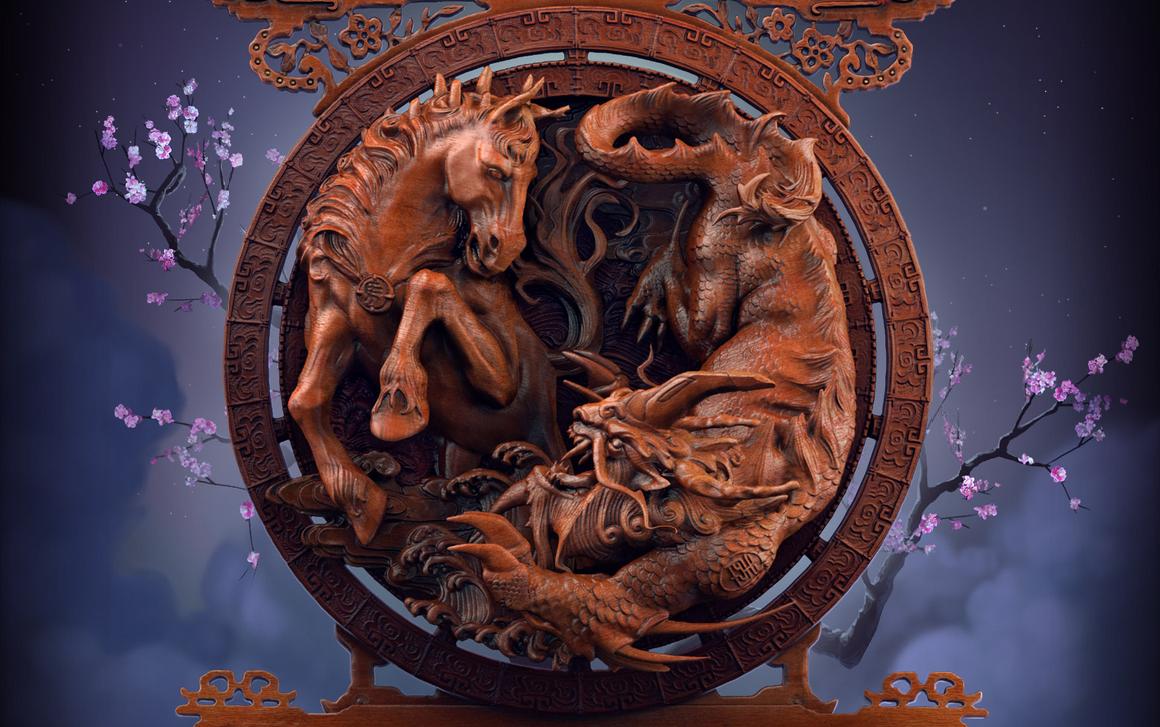
For the New Bloom Festival, Valve introduced The Year Beast, a powerful boss enemy that players could tackle in a cooperative mode. What ended up happening with the Year Beast is a case study of game design in the modern age. The mode offered players the chance to gain in-game items for dealing heavy damage to the Year Beast. Like most games, it was prone to manipulation. Quick-minded players found exploits and easily topped the damage charts, netting them some easy loot. Valve hotfixed the exploits within hours, but players found more ways to trivialize the mode’s challenge.
Eventually, most of the workarounds were rooted out, and the damage numbers plummeted to a fairer range. But the exploits had done damage of their own. The rate at which players were initially getting items created an environment where most fans were playing for extrinsic rewards rather than for the sake of having fun. Once Valve quashed the most egregious exploits, the mode ended up not being all that much fun. Many related it to a single boss fight in a World of Warcraft raid — great as part of something larger, but a little empty and cold on its own. Then everyone went back to regular old Dota 2.
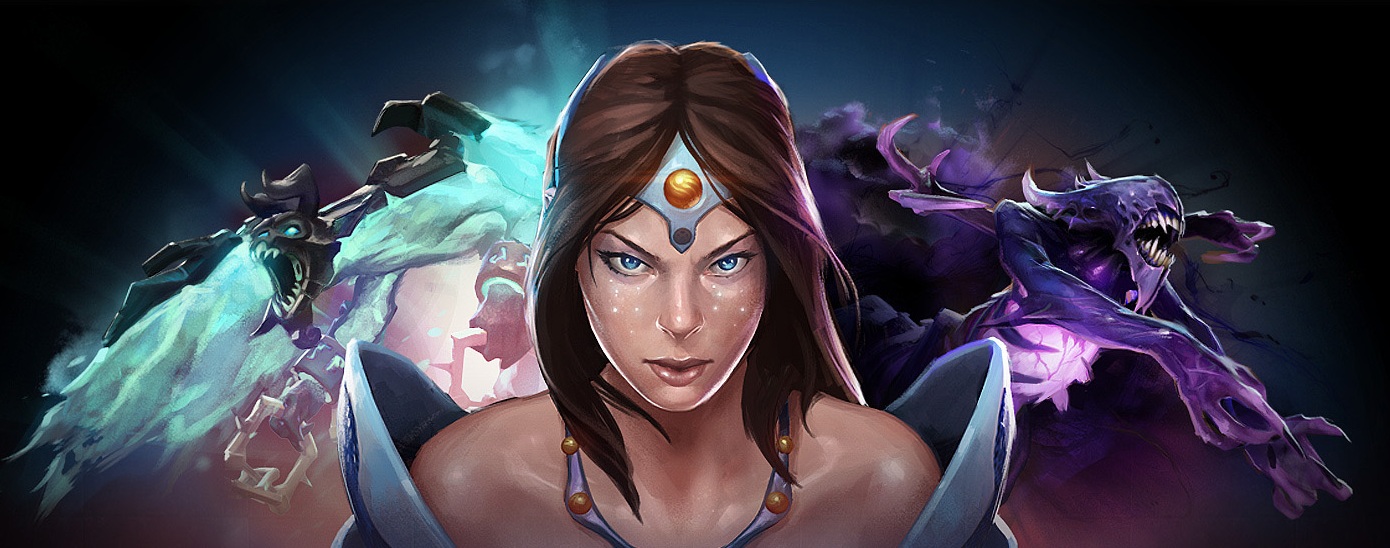
The next couple of updates, Spring Cleaning in April and The Techies Update in early September (Valve spent most of the summer hosting The International), came without game modes and introduced some minor interface updates, bug fixes, and changes to Dota 2′s real-money economy. With The Techies Update, Valve let loose Dota’s 2 most divisive character yet. We’ve covered the whole Techies issue before, but to put it lightly, some people just don’t like having Techies in the game. He wasn’t as out-and-out overpowered as Phoenix and Terrorblade were (in fact, 6.82, the patch following his release, actually gave him a few buffs), but he’s a character maligned more for being annoying than for being too good.
With the end of September came The Rekindling Soul update, giving us the game-changing 6.82 (more on that in a bit) and overhauls of two existing characters: Bloodseeker and Phantom Lancer. Of the two, Phantom Lancer’s changes are more interesting. He wasn’t in top form after the previous patch, but the Ronso-inspired catman was still one of Dota 2′s most frustrating ticking clocks. Teams playing against him knew that, if the opposing team held out long enough,a rich Phantom Lancer was going to knock down their towers with copies of himself while continuing to amass gold from afar. This is true of a few other characters (like Spectre, Tiny, and Naga Siren, for example), but it never felt as…boring as when Phantom Lancer did it. His new iteration is much more active — his copies spawn and dissipate much more quickly, making him better at rushing down the opponent than going for a win by a thousand cuts.
Most would agree it’s a change for the better, even if he and Bloodseeker are a little too strong. Thing is, it’s likely that that will always be the way new concepts are introduced to competitive games like Dota 2. It could be intentional on Valve’s end, so that new heroes always have their time in the spotlight before better meshing with the rest 108-character lineup, and so that the “nerfed” version of these characters are better-received by comparison (that’s just a personal conspiracy theory, however). It could be that new ideas are seen as too powerful when forum posters theorycraft them to death and aren’t as potent in practice. It could just be that that’s how balance works, and that it’s more interesting to overdo it than to make a new idea not strong enough and have it flounder.
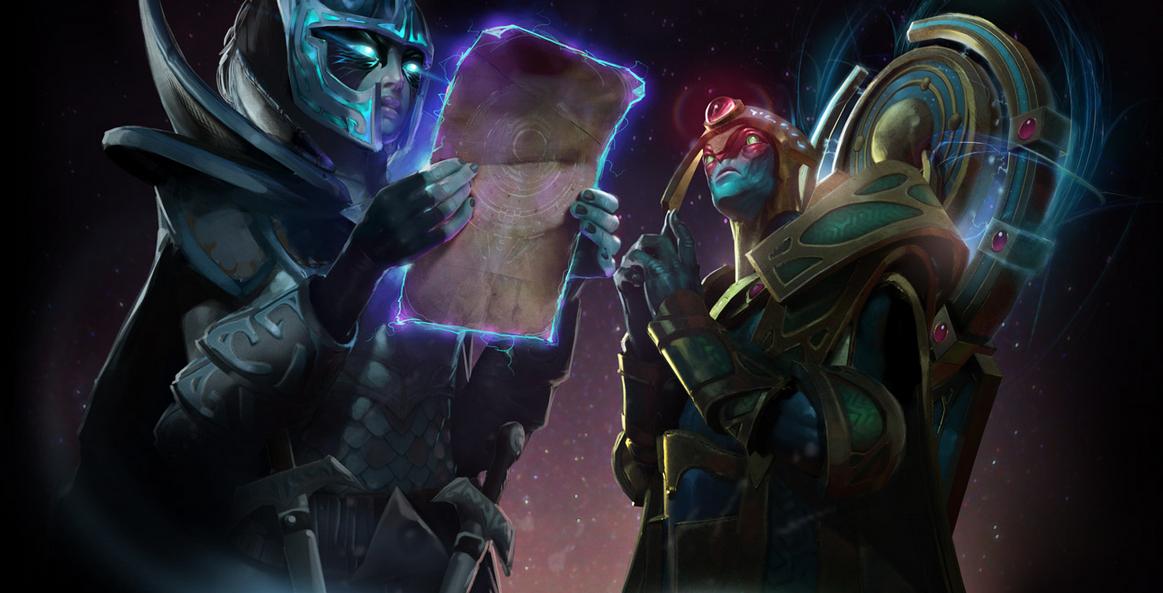
…And A Contract For Every Treason
Last month, Valve released Oracle as part of an event themed around his rather extensive backstory.Yes, he’s probably too powerful. His ludicrous damage potential makes for easy kills in the early game, and his defensive prowess scales to all phases of the game. His ultimate ability, False Promise, acts as a panacea in fights, curing all ailments, delaying damage, amplifying healing abilities, and rendering the target invisible even while attacking, something no other form of invisibility in the game can do. Run to a fight, slap it on your team’s most powerful hero, and watch them go to town on the enemy team with relative impunity. The Reddit and NeoGaf complaints aren’t as prevalent as they were for Terrorblade and Phoenix, so maybe Oracle won’t get hit with the nerf bat too hard. That said, it’s looking likely.
With the introduction of Oracle came Nemesis Contracts. Instead of adding a new game mode, the event changed how fans played Dota 2‘s core mode by making every game a hunt. If any player in a match happened to purchase a new $US35 cosmetic item for the hero Phantom Assassin (who won a fan poll to receive the honour) and the hero happened to be in play, Phantom Assassin would receive a contract to kill one hero on the enemy team. If she could kill that enemy before they killed her, her entire team could receive a rare item or set as long as they then went on to win the match.
This was the first time that Valve had altered the way people played Dota 2 outside of a patch, even if the alteration was mostly superficial. The end result was mixed. Some games, teams would go out of their way to protect the Phantom Assassin so she could secure the contract, which, as a side effect, meant teams would actually work together in public games. In other games, people would begin the match, see that a contract was not available (either because no one owned the Arcana item or because no hero on the enemy team was currently on the list of contracts), declare everyone a noob, and abandon the game.
As with everything in Dota 2, it’s a delicate balance. Reinforcing certain mindsets during regular games could go too far, corralling people into playing a certain way that might not be as fun. But it’s good to know that Valve is constantly evaluating the game it’s brought to prominence — not just from a competitive standpoint, but as a casual pastime that a large number of people play for hours on end just because it’s fun. It’s good to know that they’re always thinking of new ways to extend the game’s already-immense longevity. Of course, selling virtual items that cost as much as one or two downloadable games is probably a good incentive to do so.
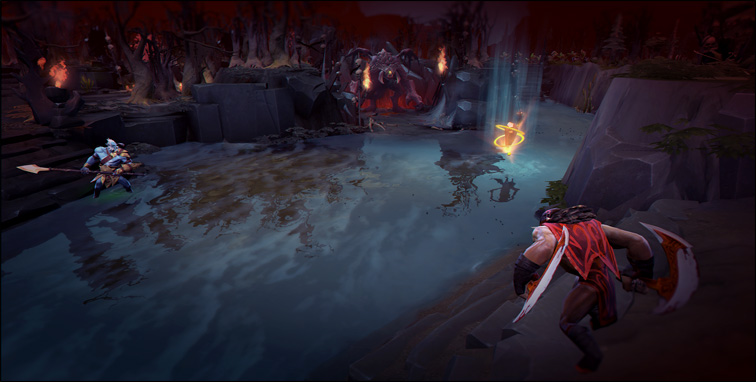
Balance In All Things
Valve may have doled out four new heroes this year, but, after a while, players begin to look forward to patches more than new characters. Back in 2013, the 6.79 patch altered some of the most fundamental aspects of Dota 2: the line of scrimmage where creeps meet (creeps being the fodder enemies heroes kill to gain gold), how quickly all heroes passively gain gold, what neutral jungle creeps spawn at, etc.. Along with changes to specific heroes, this heavily altered which hero was good in which role in which lane. 6.80 and 6.81 mostly followed in 6.79’s footsteps, making adjustments but mostly addressing character balance. As a whole, these patches made the game faster and more aggressive, leading to one pretty underwhelming finale at Valve’s International. If your team got an early advantage with the right heroes, you could crush them in record time.
Patch 6.82 struck back, slowing the game and making hard carries (heroes that tend to take much longer to come into their own) more viable. Towers became much beefier, curbing the early game aggression that we saw at The International. 6.82 also shook up a few fundamentals of its own. For one, Roshan’s pit was moved to a spot that made contesting him and his incredibly powerful Aegis of the Immortal a more even fight for both sides. Previously, the Dire side had an easier time sneaking a Roshan kill when Radiant wasn’t looking. The paths between certain trees changed, making “juke paths” (paths along the trees where one player could evade others) more numerous and clear.
The last big change initially caused a bit of a stir. 6.82 introduced the concept of “Comeback gold,” a reworking of how gold and experience are distributed after a kill. The maths is convoluted, but in essence, it gave a losing team way more gold and experience for every kill they made while behind, and increased the amount someone received after breaking someone’s kill streak. This was another move aimed at slowing the game down, since it made for easier comebacks later in the game and again benefited late-game carry heroes. If your aggressive lineup pushed their luck too far and lost a big fight, there was a good chance that the enemy team could use that one victory to swing things in their favour.
Most people saw this as a necessary change after the last few patches made complete stomps more common, but the initial version of this feature was a bit too strong — the amount of gold and experience teams were getting was much too high, making for games that swung back and forth too heavily. A few tweaks to numbers, however, and the comeback mechanic is a little easier to swallow. which is good, since it looks like it’s here to stay.
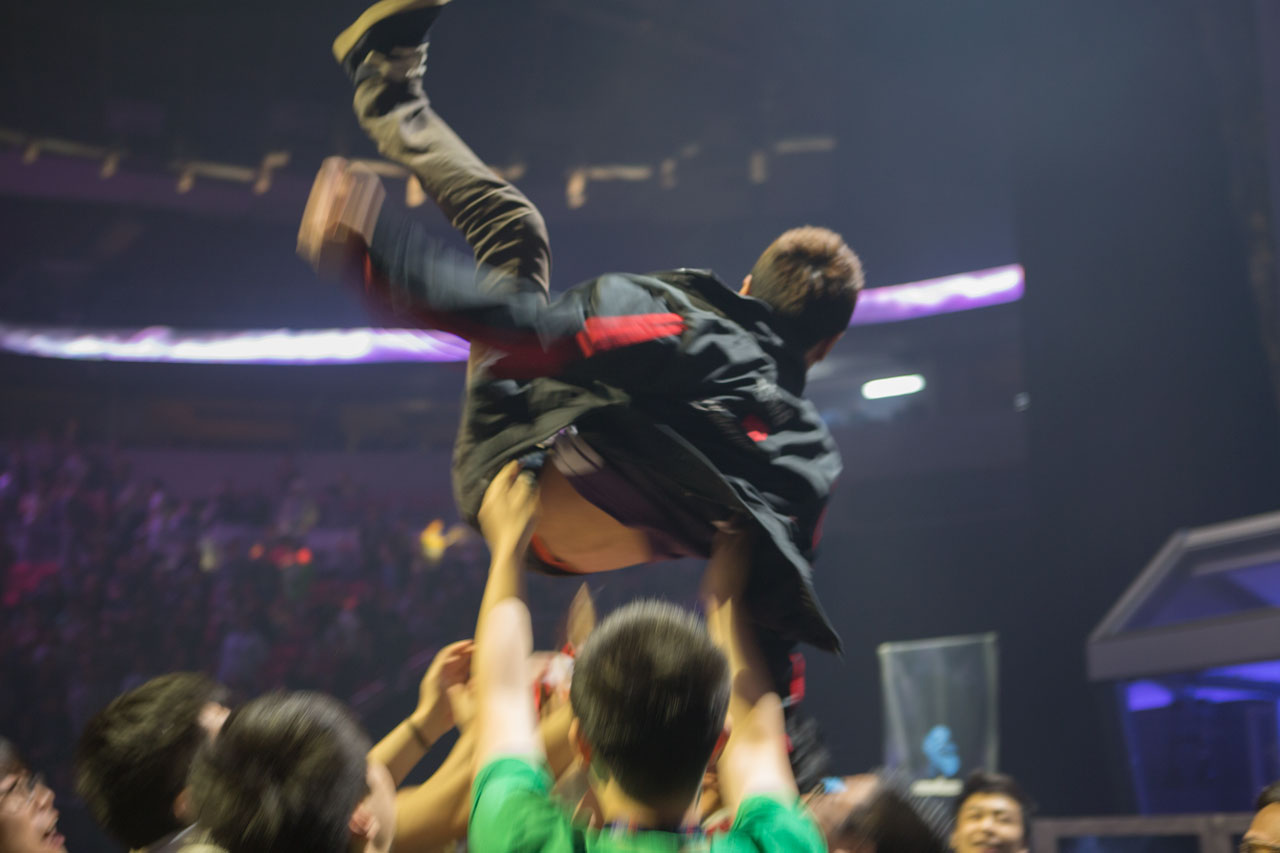
American Sadboys And A Scene In Flux
As the New Bloom Festival was underway in early February, the competitive scene saw the emergence of a more American beast. After revealing a new lineup in September 2013 that had fallen flat by the end of that year, eSports giant Evil Geniuses (EG) seemed just about dead. Two of the players still with the organisation, Clinton “Fear” Loomis and Saahil “UNiVeRsE” Arora, were playing as stand-ins for the newly-formed “S A D B O Y Z” squad, along with ex-Heroes of Newerth pros Peter “ppd” Dager and Ludwig “Zai” Wåhlberg, and venerable mid lane player Artour “Arteezy” Babaev. Though this seemed to spell EG’s end in the Dota 2 scene, it was actually its rebirth, as S A D B O Y Z became EG’s official team.
They did extraordinarily well for themselves, consistently winning first place in major tournaments against some of the best teams in the world. This was surprising, since, up to that time, American teams like EG and Team Liquid tended to perform a tier below their European and Chinese counterparts. In the span of a few months, EG went from being just another underperforming North American team to being one the scene’s premiere rosters.
This was even the case after a bit of roster drama. Just as invites for The International were to be decided, Fear developed an arm injury that would prevent him from competing in tournaments. In April, EG brought on Mason “mason” Venne to replace him, a switch that Valve allowed (teams could not change their lineups after the invitations were decided). In June, however, Valve prevented European team Fnatic from swapping Adrian “Era” Kryeziu for Steve “Excalibur” Ye, though the circumstances were much different. Despite this upset, EG were still a favourite to take it all at the International.
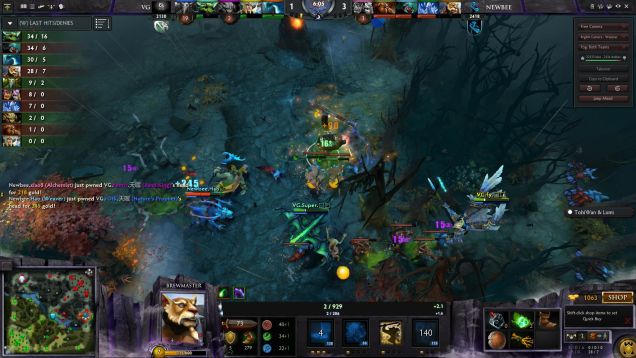
They would have been the favourite, if it weren’t for the stiff competition from China: Superteam Dota Kings, who had collected some of China’s best players from other teams under the guidance of Chinese Dota legend Xu “BurNIng” Zhilei, and Newbee, a second Chinese dream team that eventually went on to win the $US10 million tournament. DK’s performance at the event was lackluster, while Chinese team Vici Gaming took the tournament by surprise before finishing second. EG managed to take third, surpassing all of their European competition and putting North America on the map.
Shortly after The International, every team that participated in the tournament either disbanded or reformed. Newbee lost their captain, EG brought back Fear (and just recently was bought by Twitch), DK reformed their entire roster, and several others swapped players. From this chaos came a reformed and stronger-than-ever Vici, and a new European powerhouse in Team Secret. More recently, Cloud 9 seems to have picked up steam since their roster changes, though they have been hit with a bit of a bridesmaid’s curse that’s locked them into second place at a few recent tournaments (all things considered, still a good place to be).
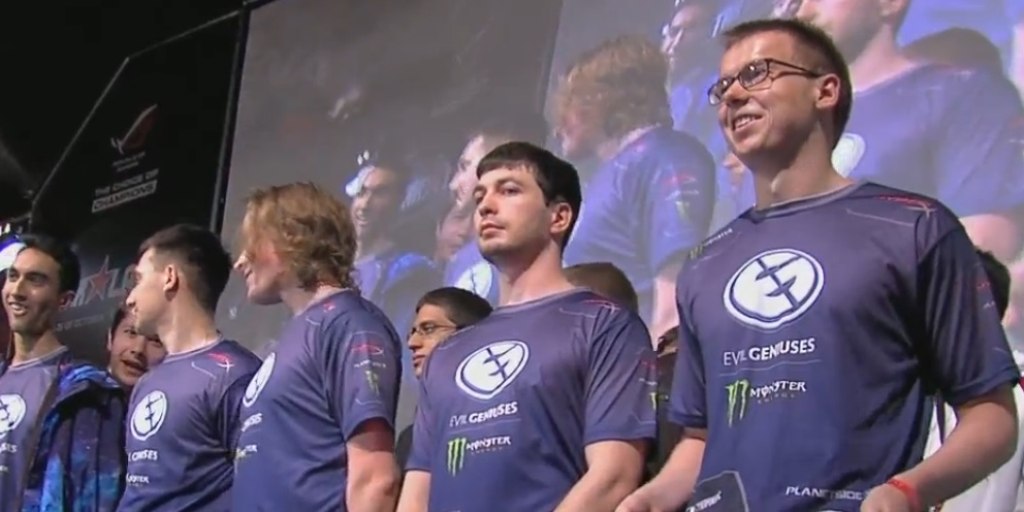
The roster changes might be a little chaotic for fans who had become direhards for any particular team (last year’s International winner, Alliance, seems to have lost the most face since their victory and don’t seem to have the same charisma as before), but this shuffling is good for a healthy competitive scene. Taking a step back, however, the relatively incestuous nature of these rosters is little concerning, especially for a game that emphasises diversity as much as Dota 2 does. In recent months, there have also been more tournaments than ever, to the point where prominent players with overcrowded schedules are having issues attending all of them and mustering the ambition to win.
These two issue make a good case for why there might need to be more teams and players to keep up with the growth of Dota 2 as a spectator sport. Perhaps a solidified B-tier of teams would help keep tournaments thrive without burning out the current A-listers. Regardless, next year’s roster shakeups may need to include more than few new faces to keep the scene from calcifying. Freddy “SmAsH” Sina is good start.
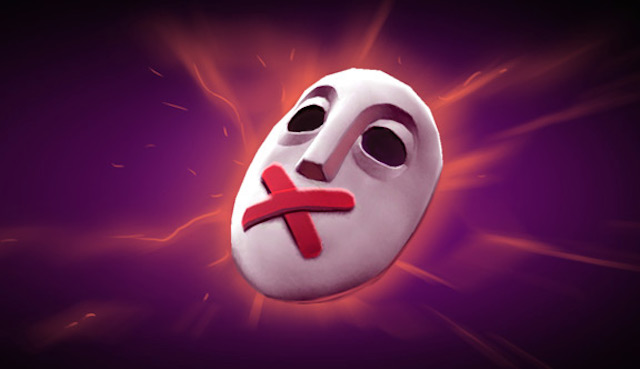
Hey Valve, Talk To Us
In years past, Valve had remained mostly quiet when it came to Dota 2 updates and patches (which shouldn’t surprise anyone familiar with the company’s secrecy). They would come out of hiding, every once in a while, to deliver only the most salient news to their fanbase. Patches were released from on high, without explanation for why certain changes were made. Often, the company would make vague announcements and then surprise fans a short time later. This is in line with a talk Valve’s Robin Walker gave at this year’s Steam Dev Days conference on the emergence of games as a service. For Walker and Valve, over-communicating or miscommunicating is far worse than not communicating at all, so they opt to go with a less-is-more approach when speaking to fans.
At its best, this strategy lets fans dominate the conversation and reinforces Valve’s vision of their games as having more input from fans than anyone else’s. Fans play the game the most. They create cosmetic items and some even make them for a living. When patches hit without notes, it lends the changes a sense of authority. Players can complain all they want, but the changes are law until the next patch. Without Valve guiding the conversation, they can gleam the best possible feedback from fans — the kind where fans don’t know someone at Valve is listening.
At its worst, we get the Diretide fiasco, an event brought by Valve’s lack of communication (and, admittedly, Dota 2 fans’ lack of maturity). We get conspiracy theories based on promo art. Word from anyone remotely associated with the game is enough to set off another stream of hype. When servers go haywire or crash, fans are left to speculate as to why. Many of these instances are fans getting antsy at the slightest of problems, but the underlying sentiment — that Valve keeping mum about a long-running, multimillion dollar competitive game isn’t cutting it — is hard to ignore. Secrecy works before a game releases, or when it’s a single-player game where updates aren’t always expected, but in multiplayer environments that need constant upkeep, staying quiet at key moments, or being slow to respond, doesn’t work.
Valve has gotten better at knowing when to speak over the course of year. The company preemptively told fans Diretide and Frostivus (another annual event) wouldn’t happen this year, and no one rioted. Patches and updates were announced as far as a week in advance, allowing fans to actually look forward to something specific. Valve has given more timely responses to server issues. The company is still relatively silent when you compare them to the likes of Bungie or Blizzard, who release regular updates and blogs about how they’re shaping the game and even discuss patch notes at length in official videos. But Valve doesn’t have to follow suit. As Walker said, regular updates without actual news or content dilute the power of their official communication. Fans could also learn not to get in a tizzy over every minor thing. For now, Valve is at a good middle ground. And if nothing else, there’s always a New Bloom on the horizon. But that’s for next year.
Suriel Vazquez is a freelance writer who’s glad that Valve finally — finally! — listened to fans and flipped the icon for Phase Boots around to match the rest of the boot icons. He’s written for Kotaku, Paste, Shoryuken and many others. You can follow him @SurielVazquez.
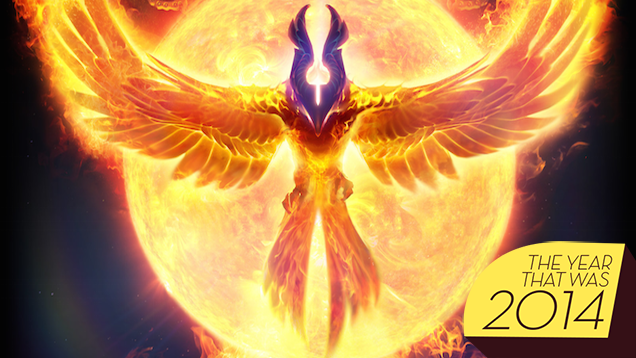
Comments
One response to “The Year In Dota 2: A Game That Kept Changing”
I don’t play DOTA or any lords management games (they overwhelm me) but it’s super interesting, and “Terrorblade, a demon so evil he had to go to super-hell” made me laugh quite a bit.